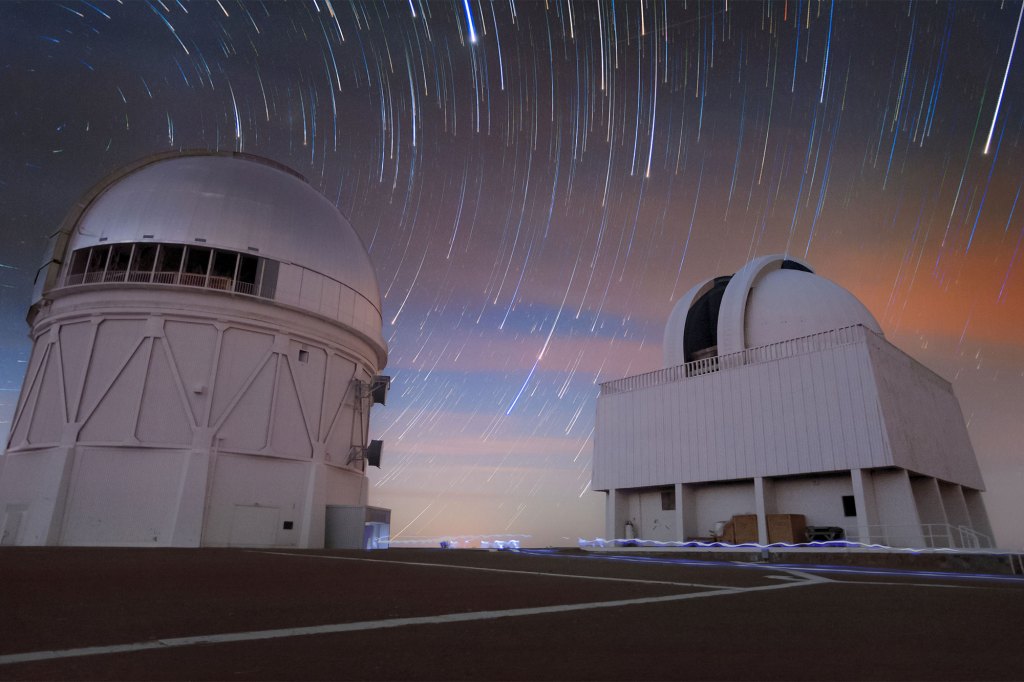‘Planet killer’ asteroid that could pose risk to Earth found
A “planet killer” asteroid that could one day cross paths with Earth was spotted by astronomers in the sun’s glare, according to a new research study.
Three near-Earth asteroids (NEA) that were previously unknown were discovered in the inner Solar System with one of them the largest potentially hazardous object found in the last eight years, according to findings published in The Astronomical Journal.
“Our twilight survey is scouring the area within the orbits of Earth and Venus for asteroids,” said the paper’s lead author and astronomer Scott Sheppard in a NOIR Lab press release that announced the findings Monday. “So far we have found two large near-Earth asteroids that are about 1 kilometer across, a size that we call planet killers.
One of the asteroids, dubbed 2022 AP7, is almost a mile-wide and could come within the Earth’s path in the future, the press release stated. While its exact path is unclear, the asteroid will stay “well away from Earth” for now, Sheppard said, according to CNN.
Sheppard said a near-Earth asteroid that is one kilometer, — which is 0.6 mile — or larger “would have a devastating impact on life as we know it,” according to the CNN report.
The planet would be cooled by dust and pollutants in the atmosphere for years that would prevent sunlight from hitting the planet’s surface, according to CNN.
“It would be a mass extinction event like hasn’t been seen on Earth in millions of years,” Sheppard reportedly said.
Sheppard told the New York Times, “This is what we call a planet killer. If this one hits the Earth, it would cause planetwide destruction. It would be very bad for life as we know it.”

But planetary scientist Tracy Becker, who was not involved in the study, said there is an “extremely low probability” that it impacts Earth in the near term, according to the Times.
The other two asteroids, called 2021 LJ4 and 2021 PH27, orbit safely interior to the Earth’s orbit, according to NOIR Lab.
The asteroids in this area are tough to spot because they are located between Earth and Venus where the sun’s glare conceals them, according to NOIR Lab. Astronomers only have nightly 10-minute windows to look at the area while fighting the bright background from the sun.
“There are likely only a few NEAs with similar sizes left to find, and these large undiscovered asteroids likely have orbits that keep them interior to the orbits of Earth and Venus most of the time,” said Sheppard in the release. “Only about 25 asteroids with orbits completely within Earth’s orbit have been discovered to date because of the difficulty of observing near the glare of the Sun.”
Read the full article Here


